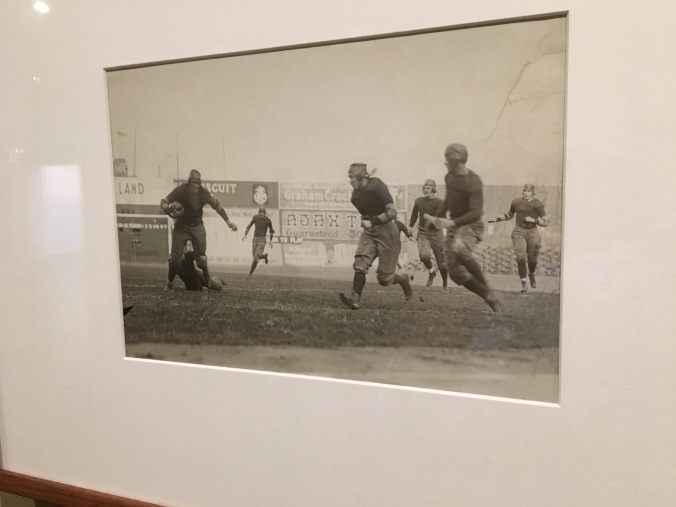Whether a visiter walks into the 9/11 museum and memorial bright-eyed and ready for an experience or restless and grumpy from a 5 hour bus ride, one thing holds true: they will both be touched in an unforgettable way. Although we as a Junior class most-likely all fit into the second, caffeine-craving cohort of visitor type, we all can truly say that the stories we heard and people we met at the museum and memorial have made a deep impact on how we view not only the tragedy that was 9/11, but the process of recovery and understanding the long-lasting effects of such a detrimental event.
Before entering the museum or witnessing the memorial, I had some questions and predictions that I wanted to know:
I would like to know how all of the memorials, while addressing the tragedies of the event, will represent the aftershocks of the threat to American life (Islamaphobia, increased security, unity or disunity etc.).
The 9/11 memorial portrayed not only the literal impacts of the attack, but also represented the aftershocks. Certain displays within the museum such as the “psychological damage” exhibit show how Americans could address the impending psychological damage of the attack. This one display was part of a larger exhibit in which questions, which one could assume were on the minds of all observers, such as “who is responsible and how should they pay?” and “What do we do to remember those who have fallen?” and “What does this mean for the American lifestyle?” appeared in a collage on a wall of the museum. All of these questions were those which could represent aspects of life and damage AFTER the attack and therefore represent the after the event.
The re-occuring narrative which was life after the attack, though, was present not only in this section of the museum. The act of looking forward into the future while remembering those who had passed away, was imbedded into every aspect of the memorial. Below is a picture of a quote which addresses this narrative. It is the first thing you see as you enter onto the memorial floor.

I believe this quote is interesting because it speaks to two of the most commonly seen narratives in the museum: the narrative of those who will remember the dead and the narrative of those who have died. The quote speaks of memory and the inability of an event or day to erase you from the time you have lived. Because of this, the victims are eternalized: forever remembered in the future, having lived their meaningful lives in the past.
While unity of the country was definitely an outcome of the tragedy, will the sites portray this through patriotism or the representation of individual life regardless of country/ religion?
The memorial and museum did a great job with reflecting the individuals who were affected by the attack. With this, no exhibit looked to isolate religion or country of origin as a factor in how they were remembered. An interesting thing I noticed while in the memorial for the victims was that I felt connected to others around me. We both stood in the same place, with the same respect, looking at the same people whose lives had been stripped away from them. There was a mutual understanding and appreciation for life which reached much deeper than a political affiliation. This, I think, is a microcosm of the entirety of the United States after 9/11. After the attack, every US citizen was on the same page, being a page of remorse and confusion, but everyone still felt a mutual respect. They felt unified because of it.
While I think it is important to look at all dimensions of the attack, including the more gruesome, will the museum prioritize the tragic side of the event or the unification of the event to its guests? (Intended narrative = fear or hope?)
I think the memorials and museums did a good job of playing off of the narrative of both fear and hope. Upon walking into the museum, you are brought through a long dark tunnel. Here, the voices of victims and family members are played around you as the words of victims slide along oddly placed screens meant to disrupt the path of a visitor. It is a scary experience, but it is also the first. I think this is done to show the viewer the amount of pain and confusion which surrounded everyone who was part of the 9/11 attack. It instantly allows you to be inside the head of a victim unable to think clearly because of the psychological damage that has been done or questioning the value of their lives after the loss of loved ones. I don’t think the museum looks to take the gruesome side of the attack in every display though. Many displays represented the love the victims had for their families or the happy lives they lived before the event took place.

Picture of Quote: https://www.economist.com/democracy-in-america/2014/05/16/a-fitting-tribute


